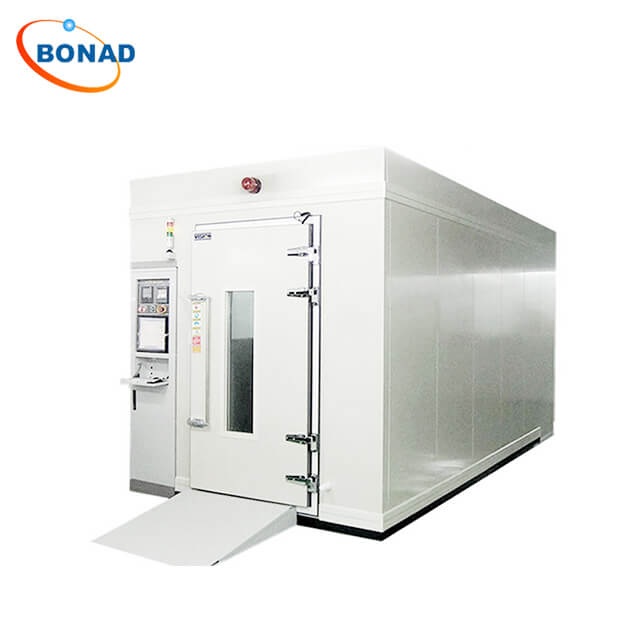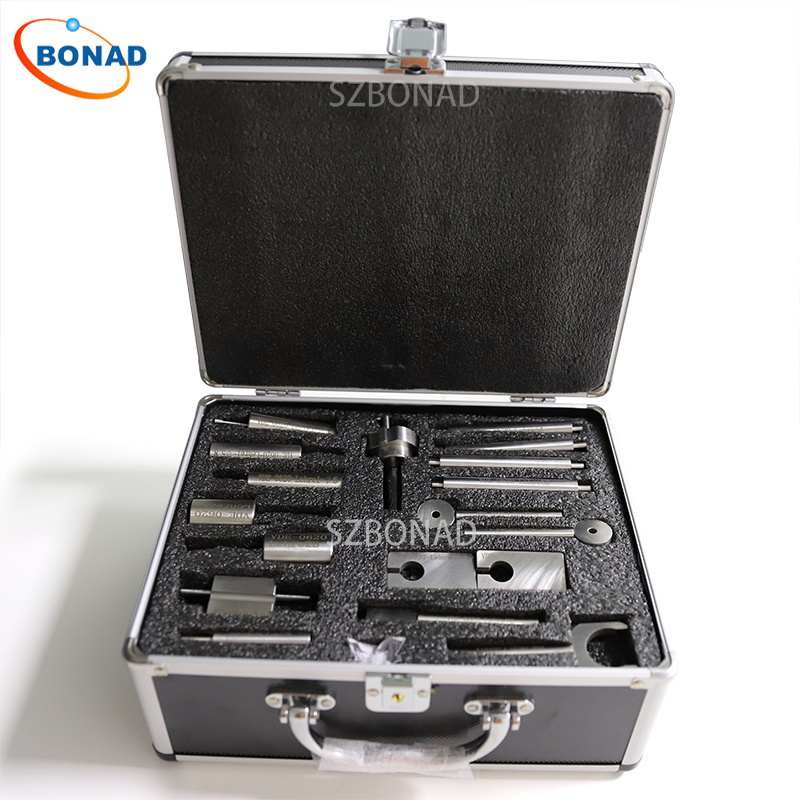How can manufacturers ensure that a smartphone won’t fail in a tropical rainforest or a car component won’t crack in a frigid winter? The answer lies in precise climate tolerance testing conducted using Humidity and Temperature Stability Chambers. These sophisticated pieces of equipment simulate extreme environmental conditions in a controlled laboratory setting, allowing engineers to predict product lifespan and reliability long before they reach the end-user.
This comprehensive guide delves into the critical role of these chambers, using the advanced BONAD BND-WSF Humidity and Temperature Stability Chamber as a prime example. We will explore its working principles, detailed technical specifications, standard testing procedures, and real-world application cases to demonstrate its value in ensuring global product quality.
1. The Critical Role of Climate Testing in Product Development
Relying on natural environment testing is time-consuming, expensive, and uncontrollable. Humidity and temperature stability chambers solve this by creating accelerated, repeatable, and precise climatic conditions. They are indispensable across industries for:
- Electronics: Testing PCBAs, sensors, and batteries for resistance to thermal cycling and moisture ingress.
- Automotive: Validating the durability of interior plastics, lubricants, and electronic control units (ECUs) under varying climates.
- Pharmaceutical: Ensuring the stability and shelf-life of drugs and vaccines in specified storage conditions.
- Plastics & Polymers: Evaluating material aging, tensile strength, and color fastness under heat and humidity.
2. How a Humidity and Temperature Stability Chamber Works
The BONAD BND-WSF chamber achieves precise environmental control through the integration of four key systems:
- Heating System: Uses electric heating elements with PID control algorithms for rapid and stable temperature increases.
- Refrigeration System: Employs cascade compression refrigeration to achieve fast pull-down rates to low temperatures.
- Humidification System: Typically uses an ultrasonic humidifier to generate fine mist, quickly raising humidity levels.
- Dehumidification System: Utilizes a cooling coil to condense moisture from the air, effectively lowering humidity.
A central Programmable Logic Controller (PLC) and touchscreen interface allow engineers to create complex temperature and humidity profiles, simulating everything from daily cycles to extreme environmental shocks.

3. BONAD BND-WSF: Key Technical Specifications at a Glance
The capabilities of a chamber are defined by its technical parameters. The table below outlines the robust specs of the BONAD BND-WSF model, demonstrating its suitability for rigorous testing standards like IEC 60068 and GB/T 2423.
| Technical Parameter | Specification Range | Control Accuracy | Fluctuation Range |
|---|---|---|---|
| Temperature Range | -20°C to +150°C (Optional: -40°C to +150°C) | ±0.5°C | ±1.0°C |
| Humidity Range | 20% RH to 98% RH | ±2% RH | ±3% RH |
| Heating Rate | 5°C per minute (from -20°C to +150°C under no-load) | – | – |
| Cooling Rate | 3°C per minute (from +150°C to -20°C under no-load) | – | – |
| Chamber Volume | 150 Liters (Standard) | – | – |
| Control System | 7-inch Touchscreen PLC with programmability | – | – |
4. A Standardized Testing Process for Reliable Results
A typical test cycle using the BONAD chamber follows a strict protocol to ensure accuracy and repeatability:
- Sample Preparation: Samples are selected and initial performance parameters (e.g., electrical resistance, mechanical strength) are recorded.
- Profile Programming: The test profile (e.g., 48 hours at 85°C/90%RH, followed by 24 hours at -20°C/30%RH) is programmed into the chamber’s controller.
- Execution & Monitoring: Samples are placed inside, and the test runs automatically. Modern chambers offer remote monitoring for real-time data logging.
- Evaluation & Analysis: After the test, samples are inspected and measured against the initial data. Any performance degradation or physical damage is documented to determine pass/fail status.
5. Real-World Application Cases
Case Study: Plastic Automotive Component
A manufacturer tested a new polypropylene (PP) material intended for dashboard components. The material was subjected to 72 hours at 120°C and 60% RH in the BONAD chamber. Post-test results showed a less than 6% change in tensile and impact strength, well within the automotive industry’s 15% threshold, confirming the material’s suitability for production.
Case Study: Global-Market Electronic Sensor
To ensure a humidity sensor could be sold worldwide, it underwent a rigorous temperature-humidity bias test, cycling between -20°C, 25°C, and 85°C with corresponding humidity changes. The sensor’s measurement error remained within the specified ±0.5°C and ±5%RH tolerance, verifying its reliability for diverse climates.
Why Trust This Information?
The data and processes described are based on industry-standard practices and equipment that complies with international testing norms. References to specific standards like IEC 60068 and GB/T 2423 provide a foundation of credibility, ensuring that the testing methodology is recognized and respected globally.
Conclusion
Humidity and temperature stability chambers are not just simple ovens or refrigerators; they are precision instruments fundamental to modern quality assurance. By investing in reliable equipment like the BONAD BND-WSF, companies can accelerate R&D, reduce costly field failures, and build a reputation for durability, ultimately ensuring customer satisfaction in a global marketplace.


